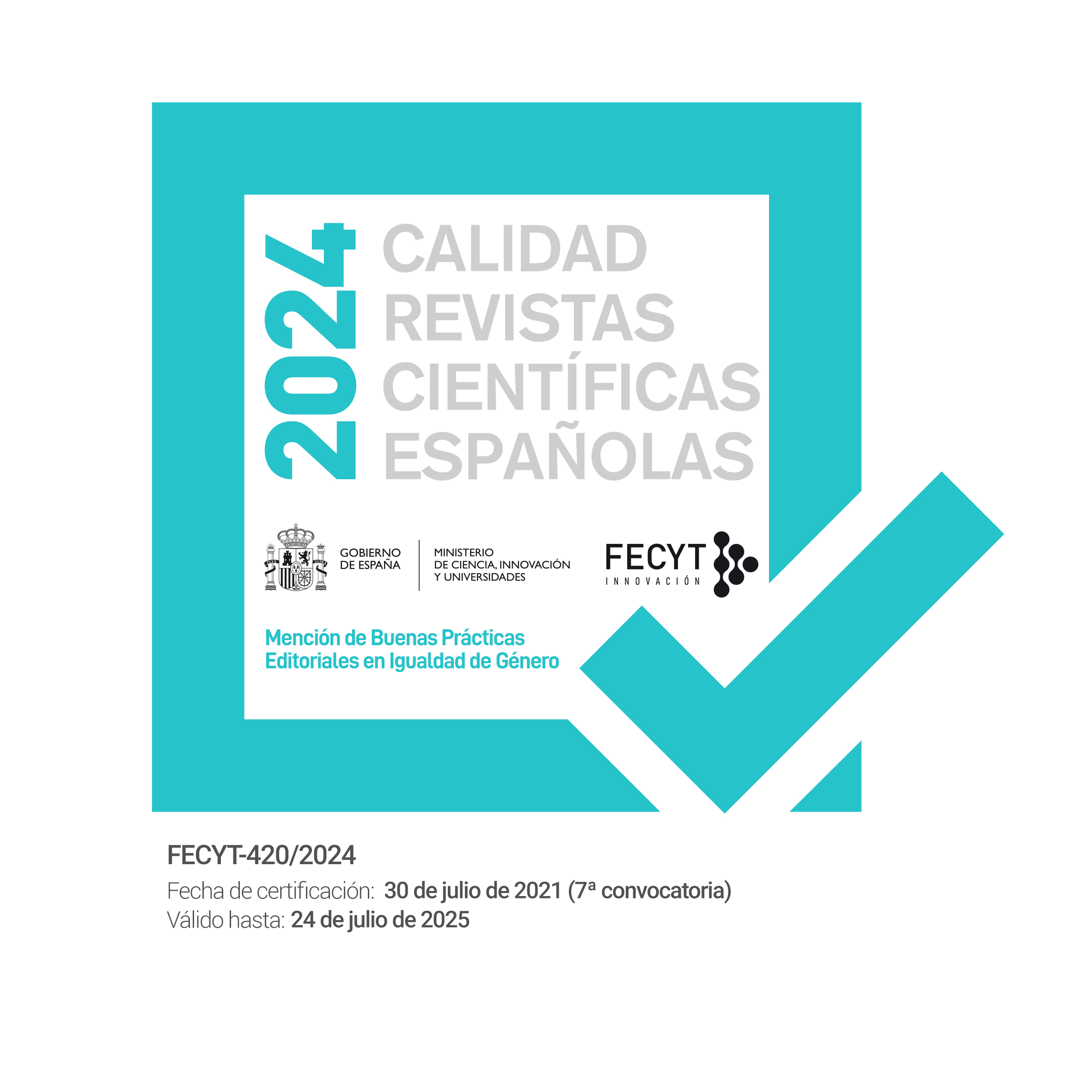Godesses Know How to Create: Alejandra Pizarnik and Sylvia Plath
DOI:
https://doi.org/10.1344/452f.2021.24.13Keywords:
comparative literature, mythocriticism, feminisms, Alejandra Pizarnik, Sylvia PlathAbstract
This article analyzes two poetry collections, Árbol de Diana (1963) by Alejandra Pizarnik and Ariel (1965) by Sylvia Plath, in direct relation to the ideas put forward by Robert Graves in The White Goddess: A Historical Grammar of Poetical Myth (1948). The reading offered here is born out of the critical necessity, on the one hand, to create a space of dialogue that may reveal a common mythical structure shared by both poets and that lies outside the merely biographical. On the other, from observing how this same mythical structure in their poetry resignifies the role of the female creator as idea, symbol, metaphor, ideal and, ultimately, as a woman of flesh and bone with a voice of her own.Downloads
Published
How to Cite
Issue
Section
License
All contents published in the journal are protected under a Creative Commons BY-NC-ND license. This corresponds to legislation within Spain, and does not allow commercial use of the texts. It is not possible to modify the contents either.
General information.
Comparative Literature magazine 452ºF [ISSN 2013-3294] is a publishing project coordinated by Asociación Cultural 452ºF, and developed by its Editorial board.
Access to the Contents and Copyright.
All contents published in the journal are protected under a Creative Commons BY-NC-ND license. This corresponds to legislation within Spain, and does not allow commercial use of the texts. It is not possible to modify the contents either.
Every person has free access to the contents of the journal as long as they understand and assume that no profit is to be made on other people’s work.
In all cases, the original source name of the online journal and the article must be mentioned when used for any purposes.
Basic Conditions of all Call for Papers.
- 1. The author accepts that sending the paper:
- a. Does not guarantee the publication of it.
- b. Is done in accordance to the style-sheet of the magazine and the requirements of the specific call for papers.
- c. Implies the non-exclusive transferring of the first publication rights of the paper, as long as it is selected to be published in the journal, to theAsociación Cultural 452ºF, under a Creative Commons BY-NC-ND license.
- 2. The journal 452ºF, in due respect to moral rights of a copyright, guarantees that:
- a. All papers will be evaluated according to the procedure already mentioned.
- b. All authors will receive either a positive or negative answer to their sending a paper for publication.
- c. All papers will be published unabridged. The journal might make changes in the typographical disposition according to the needs.
- d. All papers will be published under a Creative Commons BY-NC-ND license.




